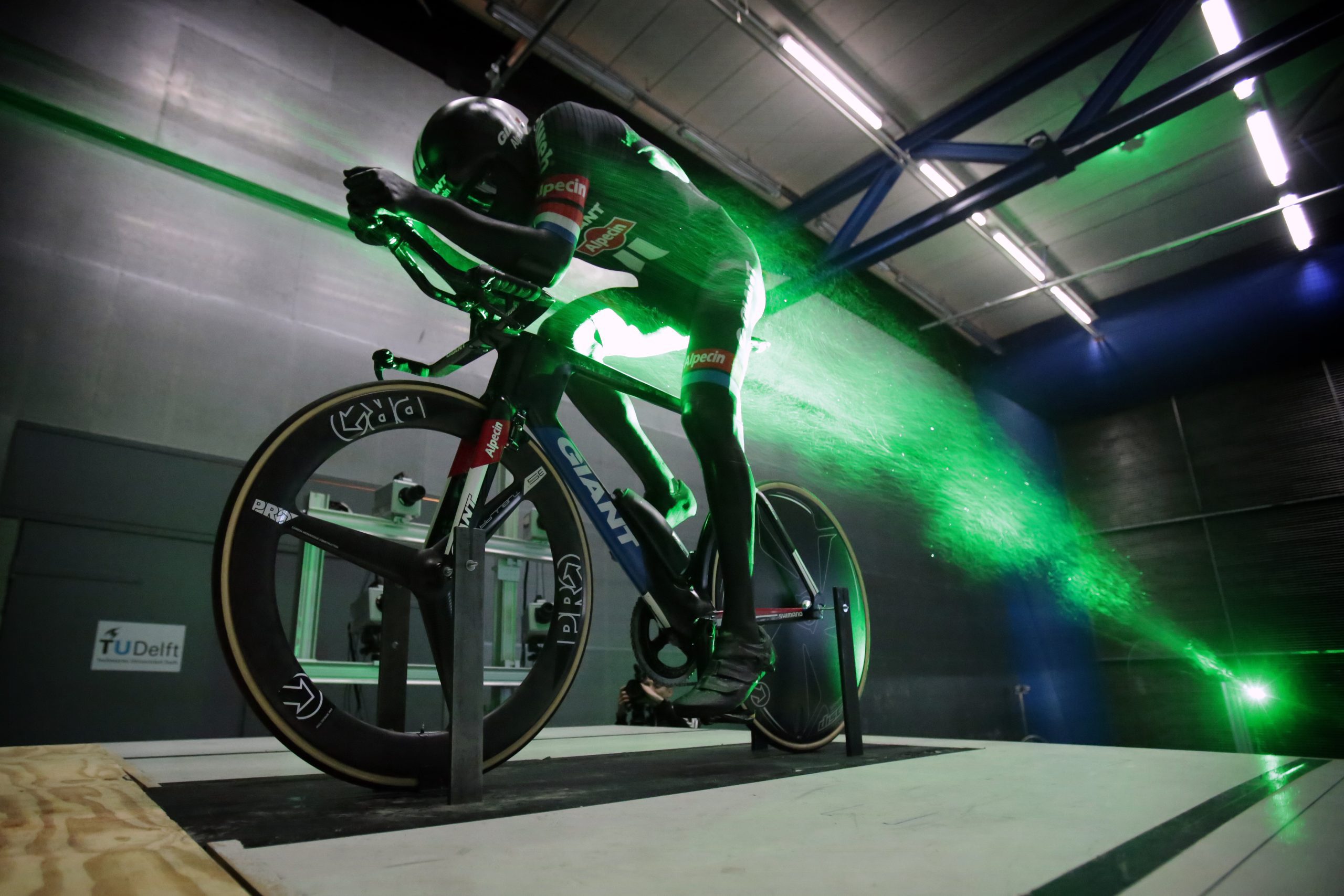NWO, the Dutch science funding institute, has awarded funds to six large research programmes. Two-thirds of the funding for these Perspective technology programmes come from NWO while the other 11 million euros come from companies and societal organisations. Half of the programmes are headed in Delft.
The Perspective programme will employ about 100 researchers spread over five years. These will include 74 PhDs and 25 postdocs. The research is multidisciplinary and applied in character, and NWO is challenging the scientists involved to collaborate with private companies and societal organisations. Coordinator Lise de Jonge said: “Over the ten years that the Perspective funding exists, research consortia have broadened considerably. From technology developers to end-users, the whole chain is involved in the research programmes.”
- One of the broadest in orientation is the sports science programme Citius Altius Sanius (meaning faster, higher and healthier) on injury-free exercise for everyone. The consortium has about 70 members and, according to programme leader Professor Frans van der Helm (3mE Faculty), about 80% of the organised athletes are involved. The research aims to develop and deploy sensors to measure physical and physiological pressure to prevent frequently occurring injuries in fitness, football, running and cycling.
- 3D printing of large metal objects is another Delft-based programme. Professor Ian Richardson (3mE Faculty) who leads the project, mentions ships’ propellers as an example. The apparent advantage of additive manufacture is that one needs less material. But is the metal just as strong as in a cast item? Model studies and microscopic analysis should provide answers to these questions. The official name of the programme is AiM2XL, or: Additive Manufacturing for Extra Large Metal Components. XL meaning anything between one and ten metres.
- Professor Paul Urbach (Faculty of Applied Sciences) heads the Lensless Imaging of 3D Nanostructures with soft X-rays (LINX) research project. LINX aims to develop inspection techniques for the manufacturing of microchips with details in the order of one nanometre (one thousandth of a micrometre). Optics don’t work in this domain because the wavelength of light is too long (400-700 nanometre). The researchers deploy soft X-ray instead with wavelengths of 10-30 nanometres.
- The programme that wants to use microbes to convert syngas (a mix of carbon monoxide CO, carbon dioxide CO2, and hydrogen H2) into chemical building blocks is led by Professor Fons Stams (Wageningen University & Research). The project, called MicroSynC, aims to develop methods, processes, and bioreactors to convert syngas of different compositions into chemical building blocks. First, the researchers will look for suitable anaerobic bacteria that are robust enough to function on an industrial scale under non-sterile conditions.
- Making the lame walk is a wish as old as the Bible. Modern robotics may hold the key to making this dream come true. The programme Wearable robotics aims to help people with muscular disorders stand upright with Exo-Aids. These Exo-Aids are soft and lightweight technologies enabling patients to move freely and smoothly. Such devices could empower patients to become less dependent on the people around them and they could also support people with occupational risks of back pain.
- There are cameras everywhere. In surveillance systems and in autonomous cars for example. The time that human operators distil meaningful information from video images is long behind us. We need computers and robots to recognise hazardous or suspicious situations. Neural networks can be trained to recognise elements in images is by showing them numerous examples. That sounds easy enough, except that the learning process isn’t that well understood. The Efficient Deep Learning programme, headed by Professor Henk Corporaal of TU Eindhoven, aims to make deep learning more efficient and transparent. There are countless applications, from visual inspections and tissue analysis to hearing-aids in noisy environments.
Watch researchers explain their projects in a short video:
Science editor
Jos Wassink
Do you have a question or comment about this article?
j.w.wassink@tudelft.nl


Comments are closed.